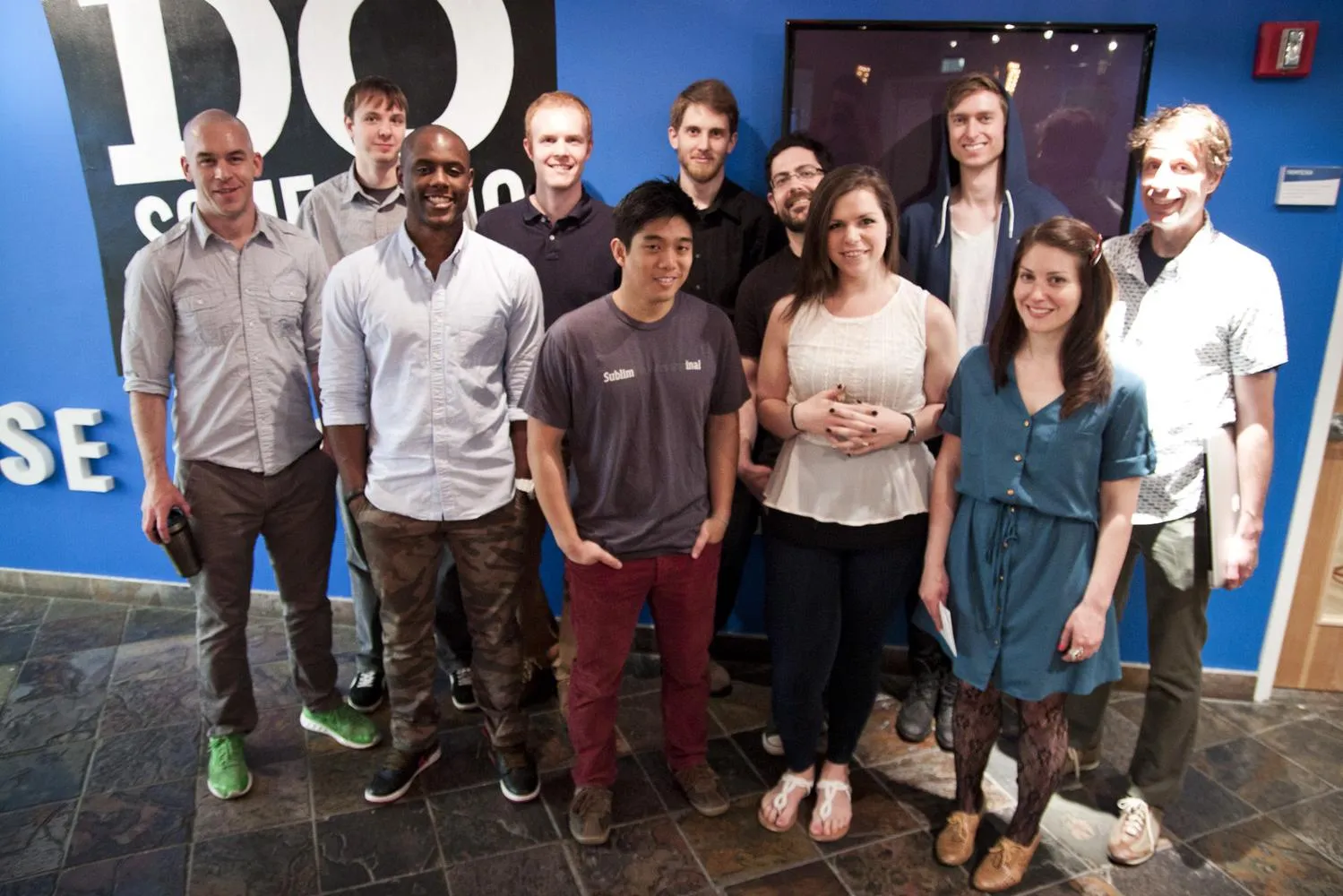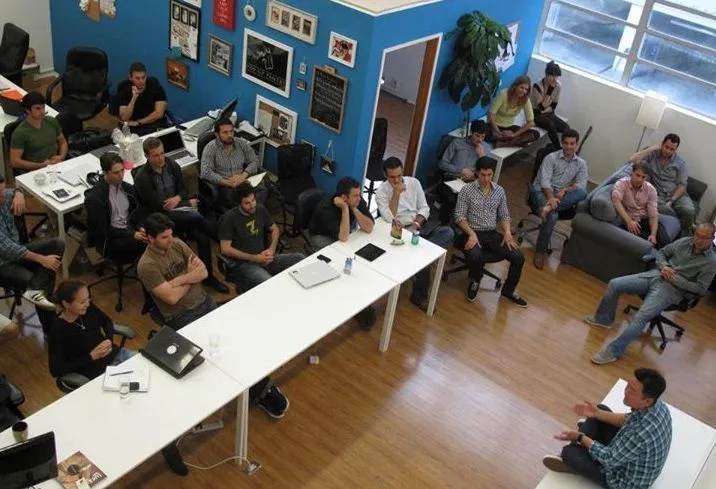1. Implementing Robotic Process Automation (RPA)
Robotic Process Automation (RPA) is revolutionizing how IT and engineering teams operate. RPA tools can automate repetitive tasks such as data entry, system integration, and report generation. By utilizing RPA, organizations can significantly reduce human error and free up valuable resources for more strategic initiatives. The integration of RPA can streamline workflows, improve efficiency, and enhance productivity.
2. Utilizing Cloud-Based Solutions
Cloud-based solutions are essential for modern IT and engineering processes. By migrating to the cloud, teams can automate various functions like data storage, backup, and disaster recovery. Cloud services offer scalability and flexibility, allowing organizations to manage resources effectively. Additionally, these solutions often come with built-in automation features, such as automated updates and monitoring, which ensure that systems are always up-to-date without manual intervention.
3. Adopting Continuous Integration and Continuous Deployment (CI/CD)
Continuous Integration and Continuous Deployment (CI/CD) practices are critical for automating software development processes. By implementing CI/CD pipelines, teams can automate the testing, integration, and deployment of code changes. This not only speeds up the development cycle but also enhances code quality through automated testing. The use of CI/CD tools minimizes the need for manual processes, allowing engineers to focus on innovation rather than repetitive tasks.
4. Leveraging Artificial Intelligence and Machine Learning
Artificial Intelligence (AI) and Machine Learning (ML) are powerful technologies that can automate complex decision-making processes in IT and engineering. These technologies can analyze vast amounts of data to identify patterns, predict outcomes, and optimize processes. For instance, AI-driven analytics can automate system monitoring and alert teams to potential issues before they escalate. By leveraging AI and ML, organizations can improve operational efficiency and reduce downtime.
5. Integrating Workflow Automation Tools
Workflow automation tools are designed to streamline and automate business processes across various departments. These tools can help in managing tasks, approvals, and communications efficiently. By integrating workflow automation into IT and engineering processes, organizations can reduce bottlenecks and enhance collaboration. Popular workflow automation tools offer templates and integrations with other applications, making it easier for teams to adopt automation without extensive training or resources.
| Automation Method | Benefits |
|---|---|
| Robotic Process Automation (RPA) | Reduces human error, frees up resources |
| Cloud-Based Solutions | Offers scalability and built-in automation features |
| CI/CD | Speeds up development cycle, enhances code quality |
| AI and ML | Improves operational efficiency, reduces downtime |
| Workflow Automation Tools | Streamlines processes, enhances collaboration |
In conclusion, automating IT and engineering processes is no longer optional; it's essential for staying competitive in today's fast-paced business environment. By implementing methods such as RPA, cloud-based solutions, CI/CD practices, AI and ML technologies, and workflow automation tools, organizations can not only improve efficiency but also empower their teams to focus on strategic initiatives. Automation reduces manual intervention and allows for greater innovation, ultimately leading to a more agile and productive organization.





